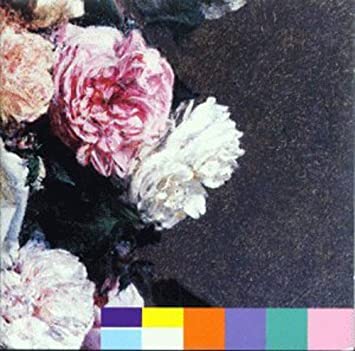Some architectural writers of the 20th century
In 1972, Nikolaus Pevsner published the book ‘Some architectural writers of the nineteenth century’. The current state of architectural theory, history and criticism asks for an update to his study: overspecialization in the architectural humanities has made combinations of historical research, critical judgments and theoretical speculation quite difficult. Nevertheless, only some decades ago many important ‘architectural writers’ were active in the architectural culture of the Western World. The aim of this monographic research is to define their intellectual projects, and to interpret their ideas on architecture before the fragmentation of its cultural and scientific field.
The fate of architectural singularity
In an essay from 1989, American writer John Updike asked himself if architecture can be criticized. ‘Isn’t one duty of architecture’, he wrote, ‘simply to be different to give us a sense of change and renewal in our lives?’ Updike as such unwittingly defined architecture as the production of ‘singular objects’, in for example the postmarxist vein of a philosopher like Jean Baudrillard, who declared, in a conversation with Jean Nouvel: ‘A work of architecture is a singularity, and all these singularities can create holes, interstices and voids in the metastatic fullness of culture. Given the worldwide – mostly visual – ‘success’ of architecture, this critical tradition has without a doubt come into affliction, not in the least because its roots in old and often premoderns traditions has remained unexposed.
1989: a year in the life and work of OMA
The year 1989 can be regarded as a turning point for contemporary Western architecture: after the fall of the Berlin Wall, its social power and pretensions were gradually replaced by a mere ‘cultural’ presence; instead of creating or defining urban environments, architects fell back on the construction of ‘merveilles’. One architectural firm embodied this shift emblematically: the Office for Metropolitan Architecture of Rem Koolhaas. A micro-historical inquiry into the projects of OMA from 1989 – such as the Très Grand Bibliothèque, the Sea Trade Center, the completion of the IJ-plein social housing project, but also the Villa dall’Ava – can help to circumscribe this historical, theoretical and critical evolution.
The Genesis of the Rotterdam Kunsthal
To this day, the reception of the architecture of OMA has been largely dominated by the ideological discourse of its co-founder, Rem Koolhaas. Following the example of Koolhaas’ various writings and statements, the discussion of his work still tends to the generic, tuning out those myriads of questions concerning form, inevitable in the process of designing and execution. By focusing on one of the office’s built projects—the Kunsthal in Rotterdam—this research intends to highlight the specificity of the single work of architecture and thus liberate it from the grasp of its author’s own reading. The building’s genesis—i.e. the process of its design and realization—is to be reconstructed. Thus providing the evidence of the “making” of the Kunsthal and form as its major concern, the investigation aims at opening new ways of seeing Koolhaas’ theoretical positions and the relationship between the “thinker” and the architect, whose interests are inevitably opposed to abstraction.
The reciprocal relation between architecture and philosophy: historical and contemporary moment of connection
There is an abundance of literature – architectural and philosophical, and especially post-modern – in which a relation between architecture and philosophy is at work, with one engaging the other directly, or simply in a marginal or implicit manner. Especially contemporary architectural discourse, be it by theoreticians, practitioners, or critics, frequently resorts to philosophical thought, themes, and references in order to discover, clarify, and express deeper dimensions of the architectural work – at least when not merely used as a legitimization tool which imports an aura of authority from the philosopher. Indeed, for architects, philosophy seems implicit to some point of architectural activity, and especially of its thought, while in philosophy it has grown from a sporadic marginal and/or metaphoric reference to a problematic part of aesthetics theories to an attractive mystery for multiple philosophical sub-disciplines, and one mode of their practical consequential engagement upon the world.
Despite this importance, any inquiry into this relation is immediately and surprisingly struck by the manifest lack of literature about the relation itself and its implications. Why does architecture resort to philosophy? How? What comes about? What does this say about architecture? What can it say about philosophy? And, venturing beyond description into prescription, should there be this relation, and if so how ought it be carried out? What are the recurring problems, what are the appealing promises, what are the unexplored potentials?
Please note that the publication lists from Infoscience integrated into the EPFL website, lab or people pages are frozen following the launch of the new version of platform. The owners of these pages are invited to recreate their publication list from Infoscience. For any assistance, please consult the Infoscience help or contact support.
Please note that the publication lists from Infoscience integrated into the EPFL website, lab or people pages are frozen following the launch of the new version of platform. The owners of these pages are invited to recreate their publication list from Infoscience. For any assistance, please consult the Infoscience help or contact support.

